At 7 degrees South, right in between Western Africa and Brazil, lies Ascension Island. It is a UK territory, and part of the group of three islands under the government of St. Helena Island, with Tristan de Cunha being the last one.
What is special with Ascension, is that it is a working island. This means that everyone is here on a work visa with a limited contract.
All visitors must apply for a visa (online application about three weeks in advance), as there are two military bases on the island, a UK and a US one. The US base does not allow families to join their staff on the island, whereas the UK one does. There are also a few government employees from St Helena here, who also live here with their families.
With just a total of 900 people of which 60 are kids in school age, it is a small, everyone-knows-everyone kind of place. Right now you can also add another 140 Turks working on upgrading the airport to the mix.
It certainly is a peculiar place, not only in terms of the society, but also the nature. It is a volcanic island, just like St Helena, but it is much younger. This means a lot less vegetation here. Charles Darwin also made his impact on this island, and you can see all sorts of imported plants and trees. Being a Northerner and spotting our familiar pine trees right next to palm trees is certainly peculiar to us.
Also, the diversity of the volcanic rock formations around the island is amazing. The colors and shapes can change in a very small area, which makes it an awesome place to photograph.
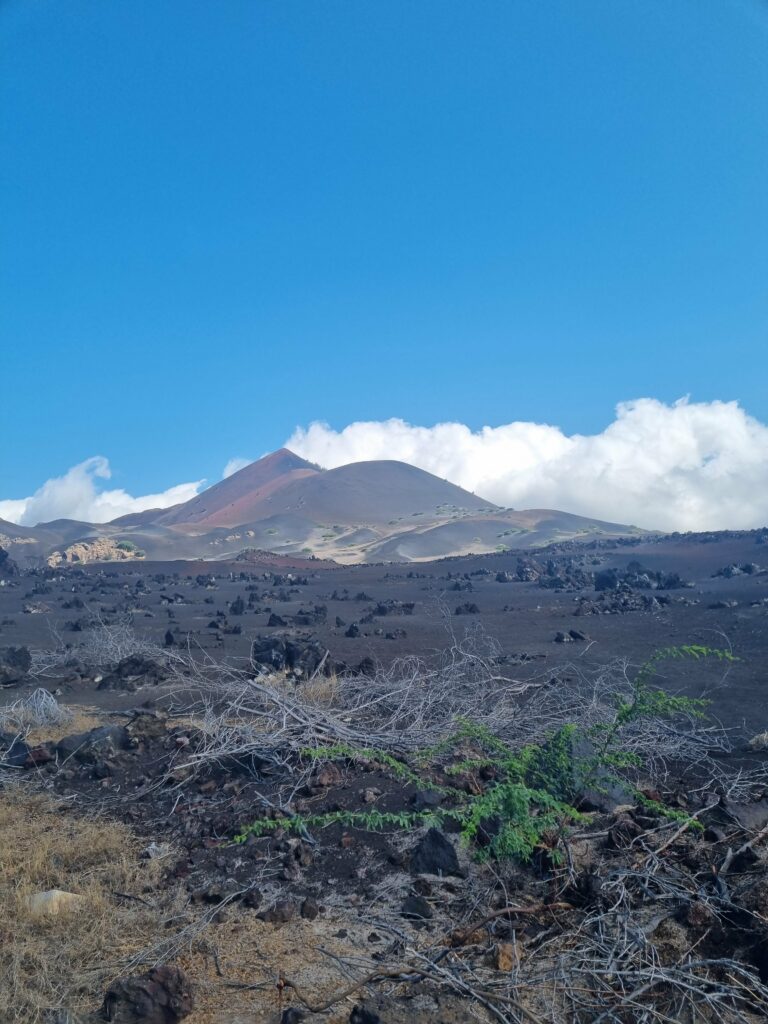
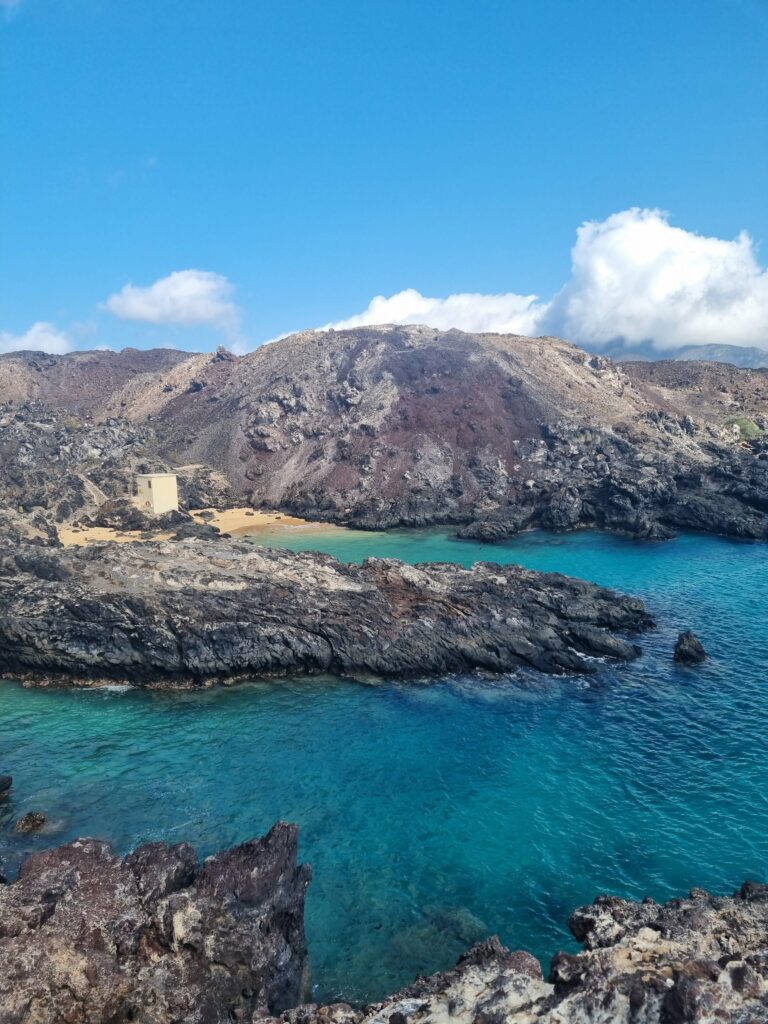
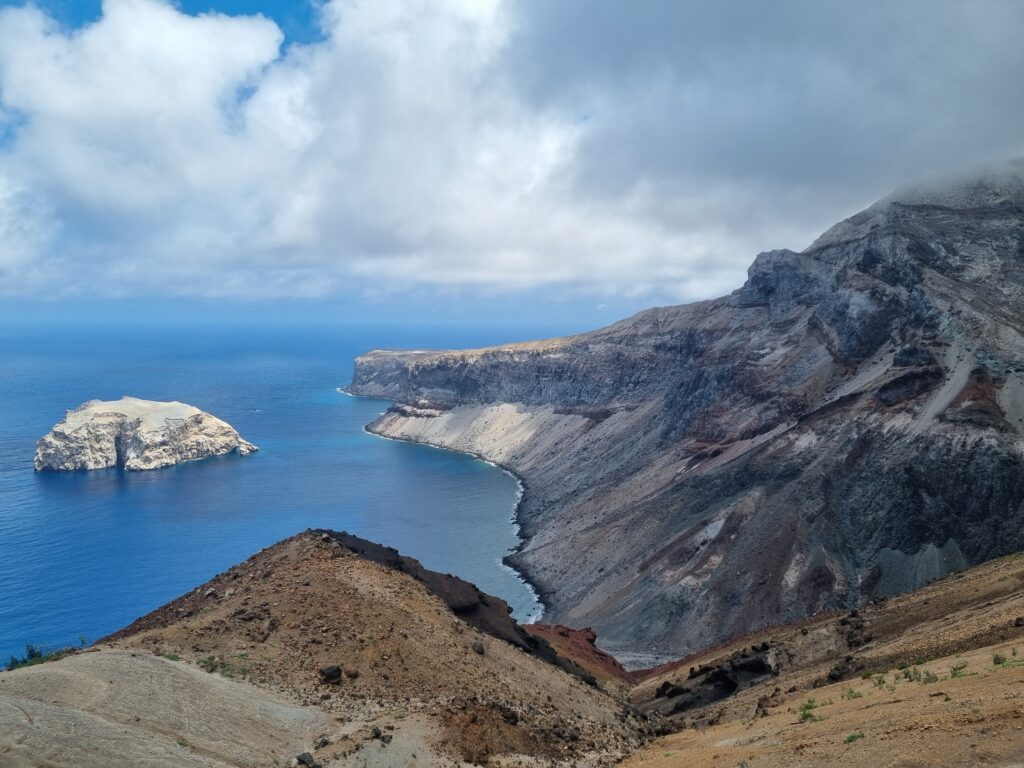
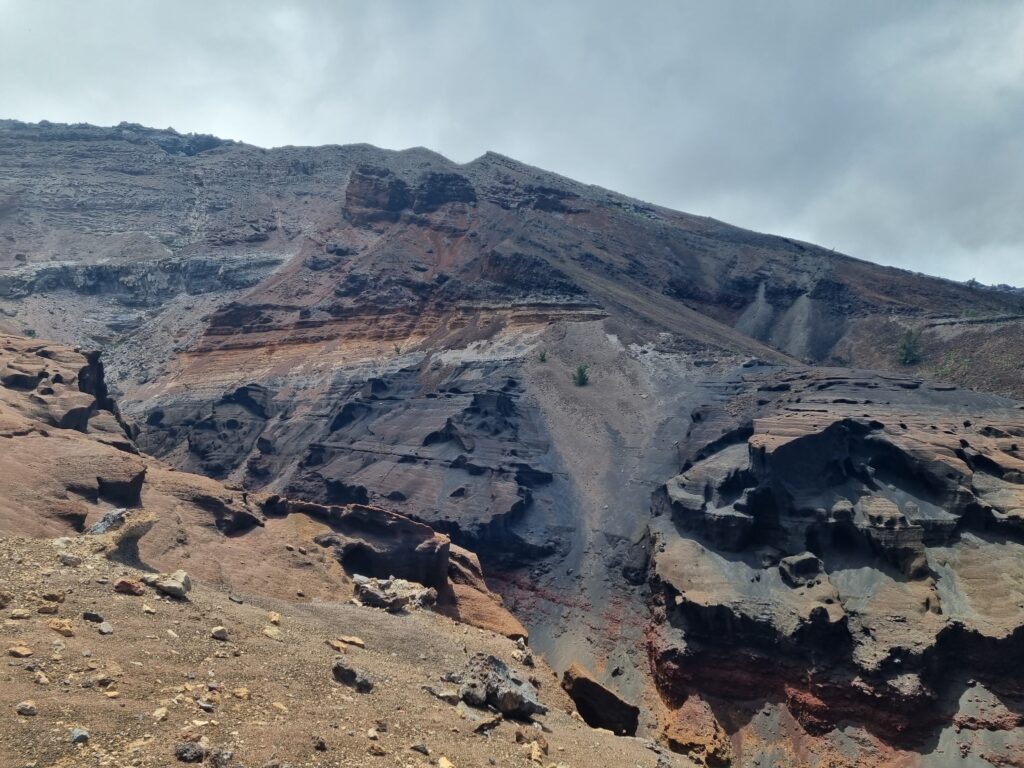
The animal life is quite extraordinary here. First and foremost, the island is considered a Marine Protected Area, and that border runs for 200 nautical miles out. This means that it is very strict in terms of fishing licenses, and there is no commercial fishing going on here. As a result, the marine ecosystem in the waters surrounding the island are super rich.
The conservation team on the island is very active, protecting its wildlife both offshore and onshore. This place is the way all oceans used to be, but hopefully can become yet again in terms of abundancy of marine life.
We are lucky to experience mating sea turtles next to our boat daily. The season has just started, and the first, few turtles have just started laying their eggs on the beach right in front of our anchorage. We wake up every morning and count the tracks on the beach to see how many have been there during the night.
You can also get quite close to them on the beach as they lay their eggs. We were also very fortunate to have a close encounter one of the evenings.
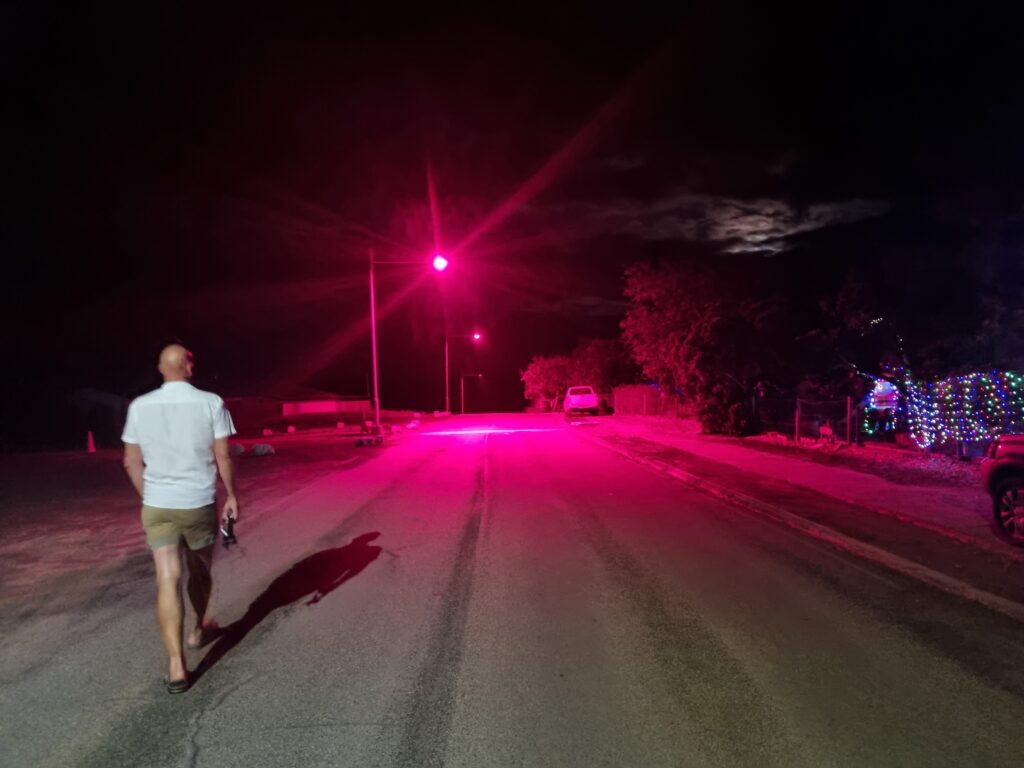
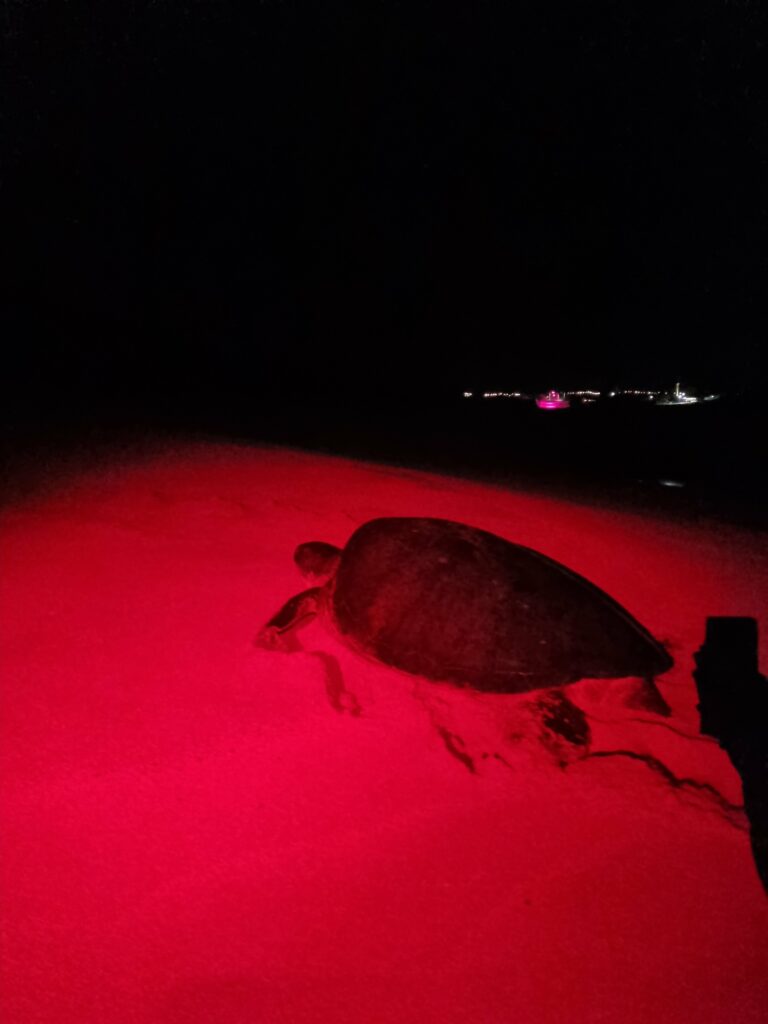
The island is infamous for its population of very aggressive Galapagos sharks, which normally can be seen every day from the local pier. Fortunately, they are not here right now, and it is believed that they are mating in the surrounding waters not far away.
There have been quite a few shark attacks here, so swimming is not recommended. It turns out that the local dive club has also stopped diving during the past few years due to the sharks. We do quick morning dips in the water from our boat, and had one free dive excursion in shallow waters.
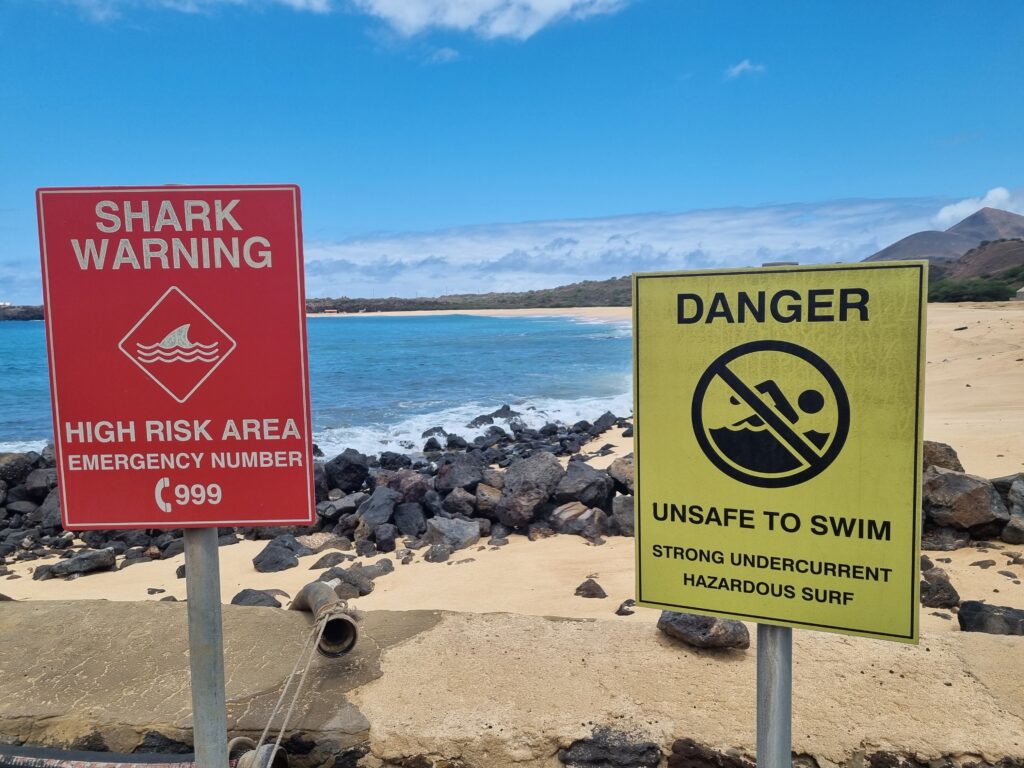
There are also a few wild donkeys and sheep on the island, as well as some endangered bird species and some very peculiar land crabs, that live far up on the highest mountain, called Green Mountain.
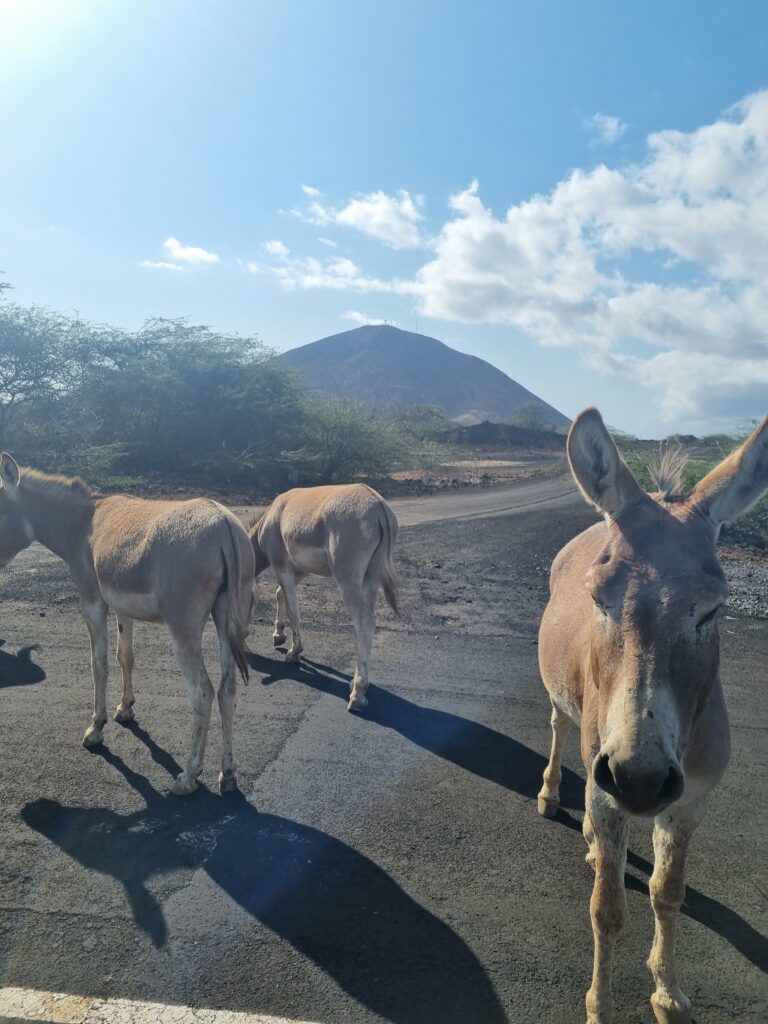
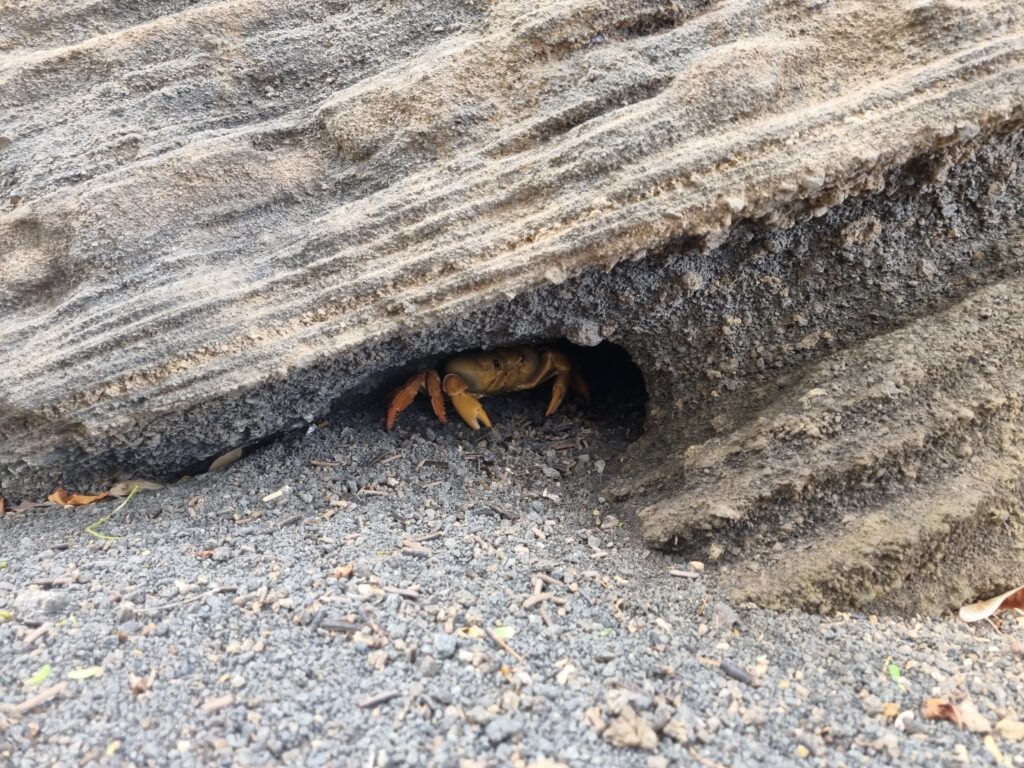
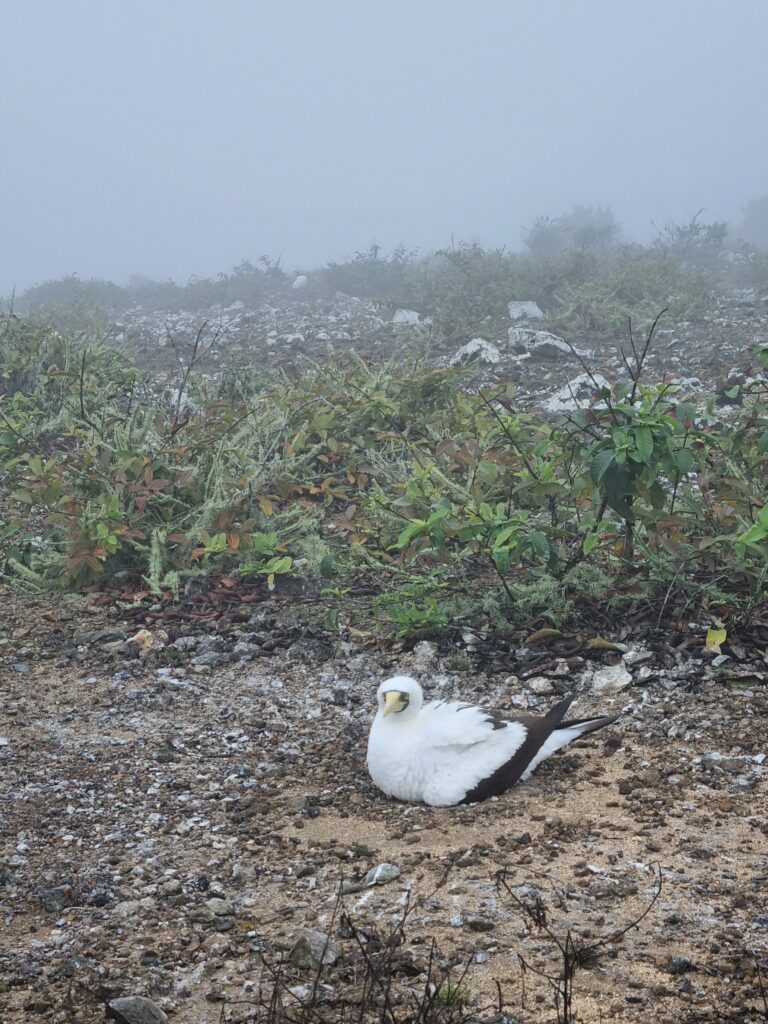
We have done a few hikes on the island, with our 16 year old hiking guide, Georgia. We were lucky to encounter a lovely South African family on the island, as our buddies from SV Infinity were here just about a week before us, and Kyle knew the father from before.
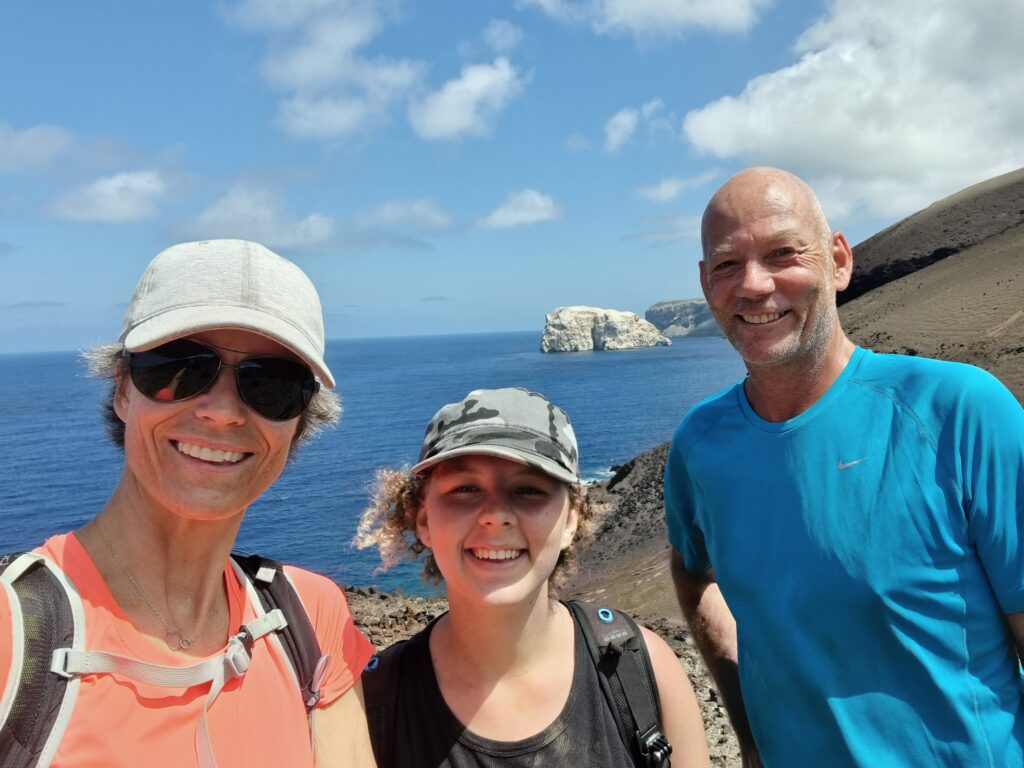
We were also fortunate to hang out with the family both on a hike to the highest peak, Green Mountain, as well as a great braai (BBQ) on the beach one night. Thank you, guys, for making our stay here extra special!
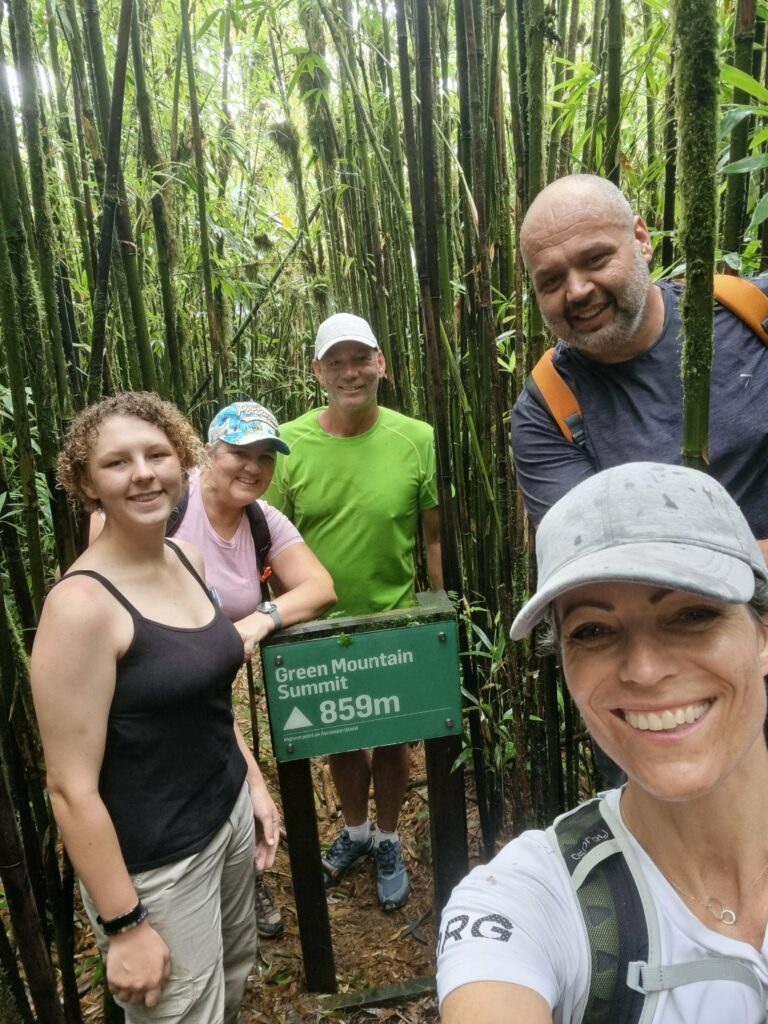
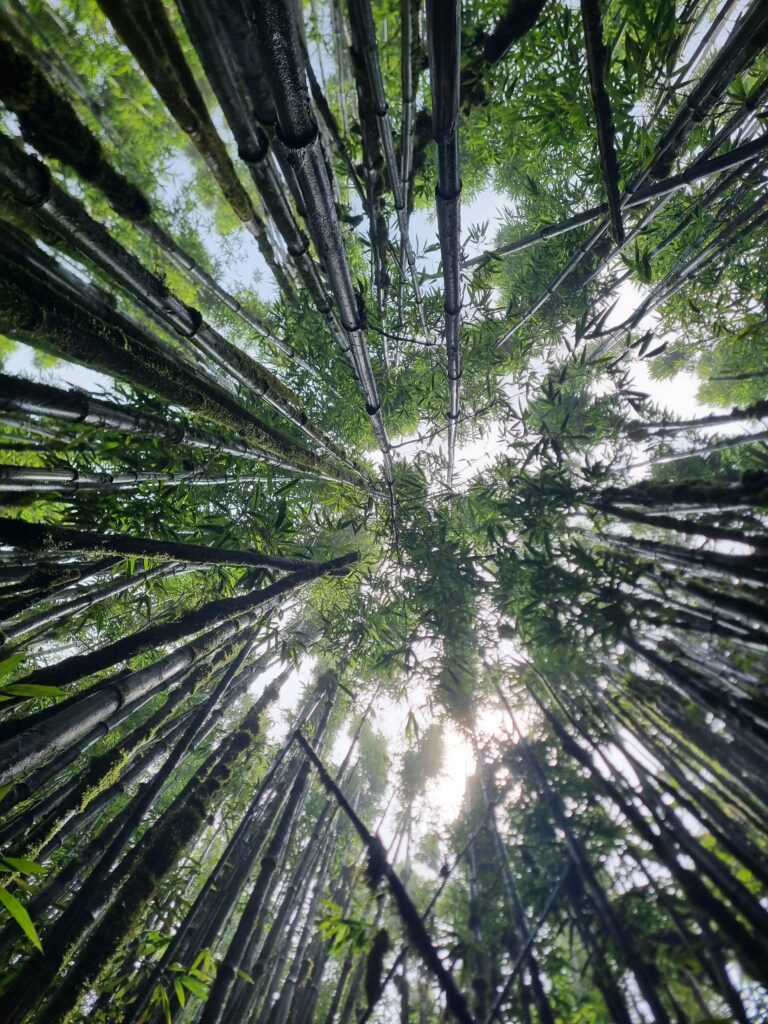
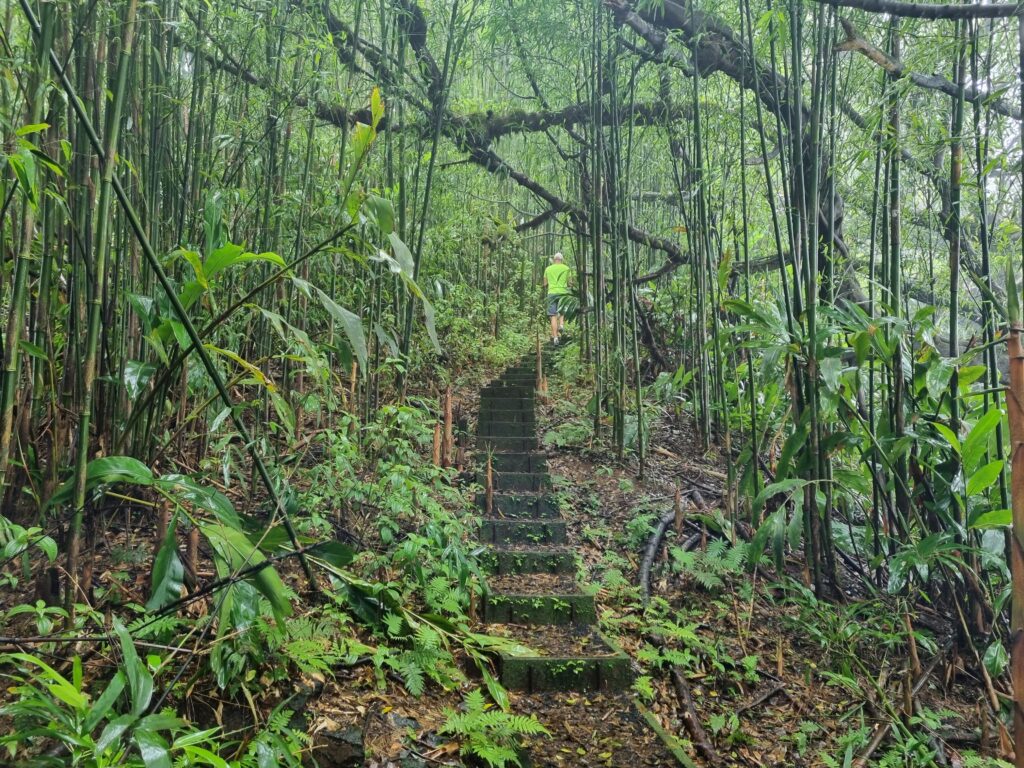
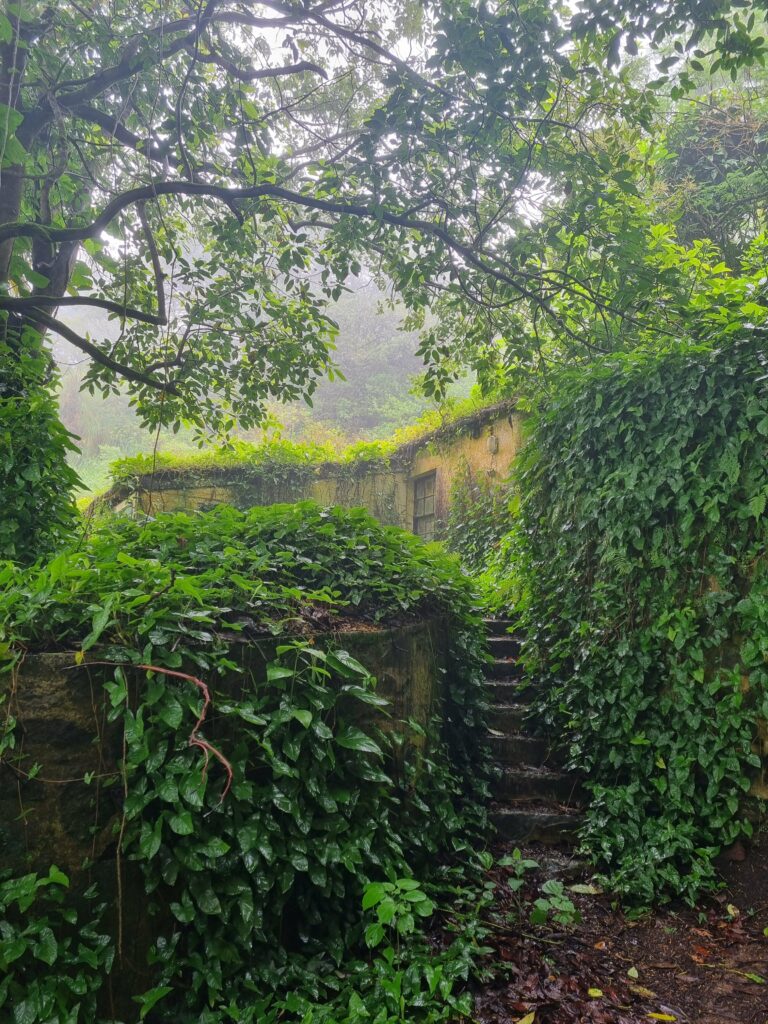
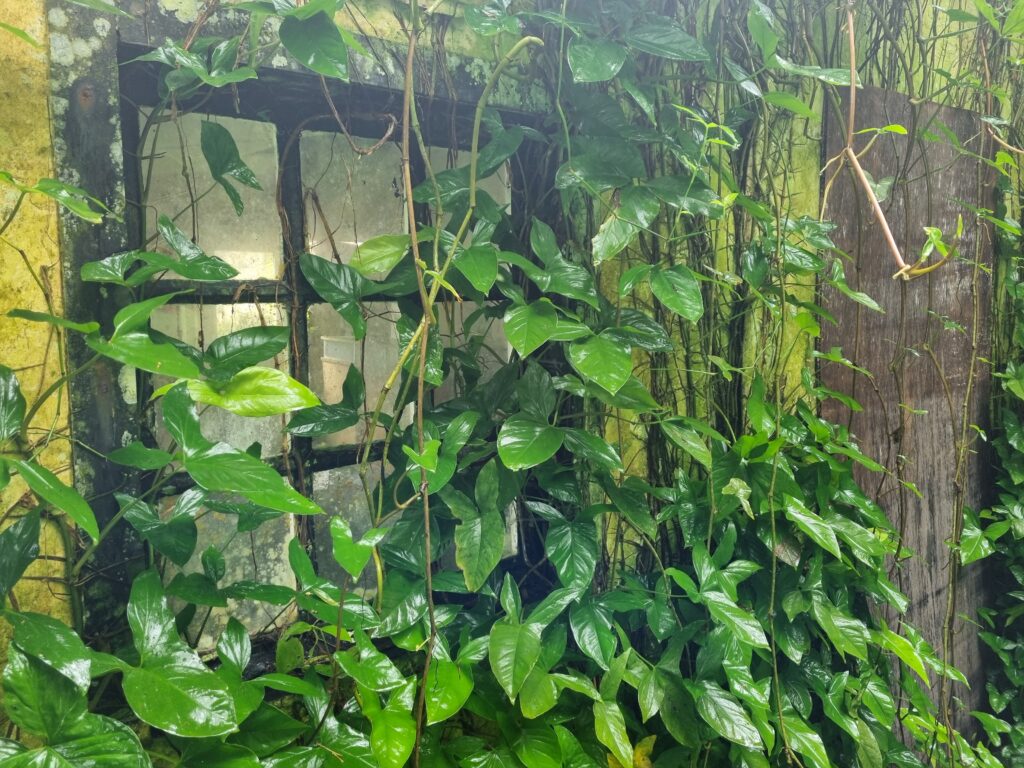
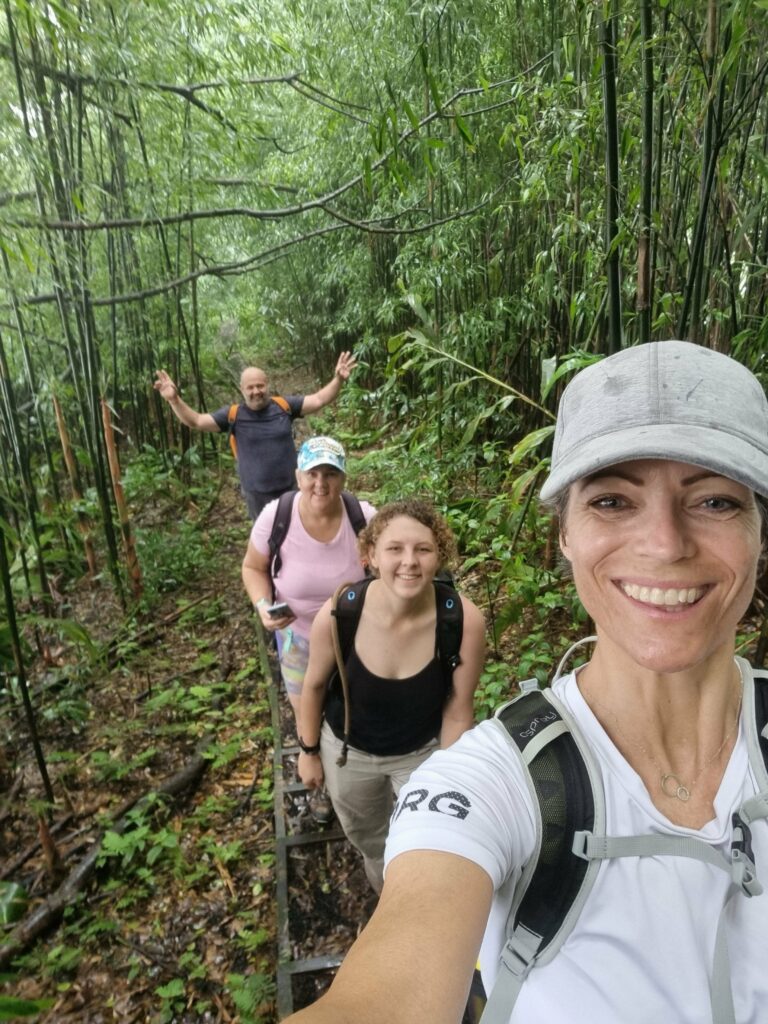
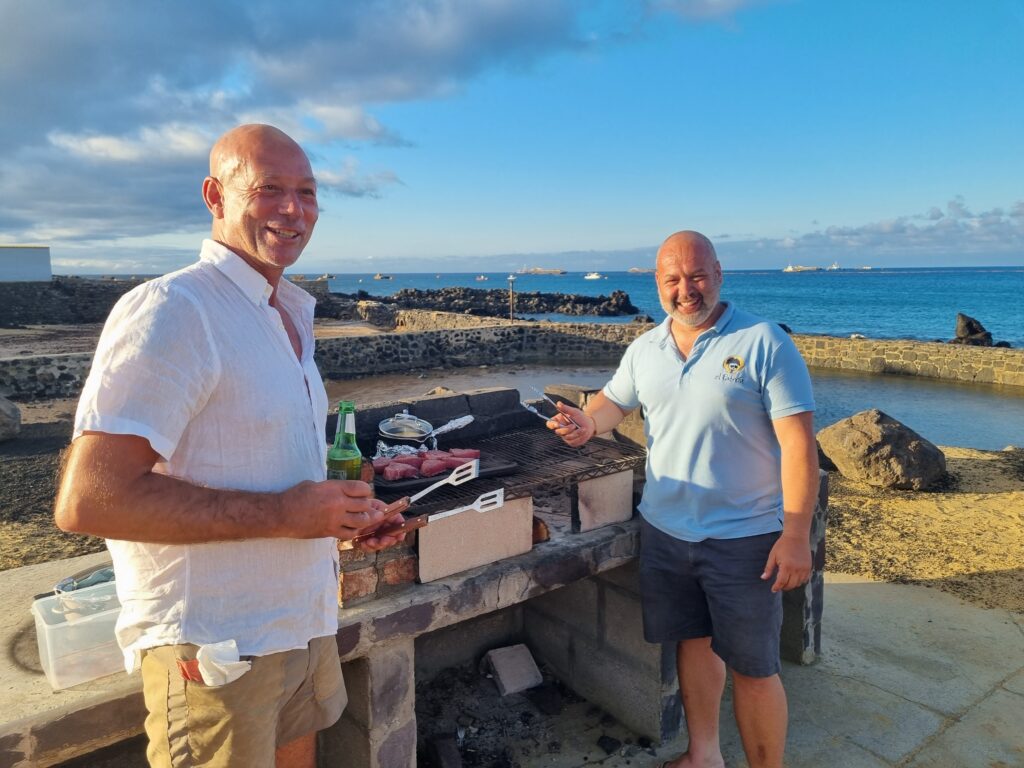
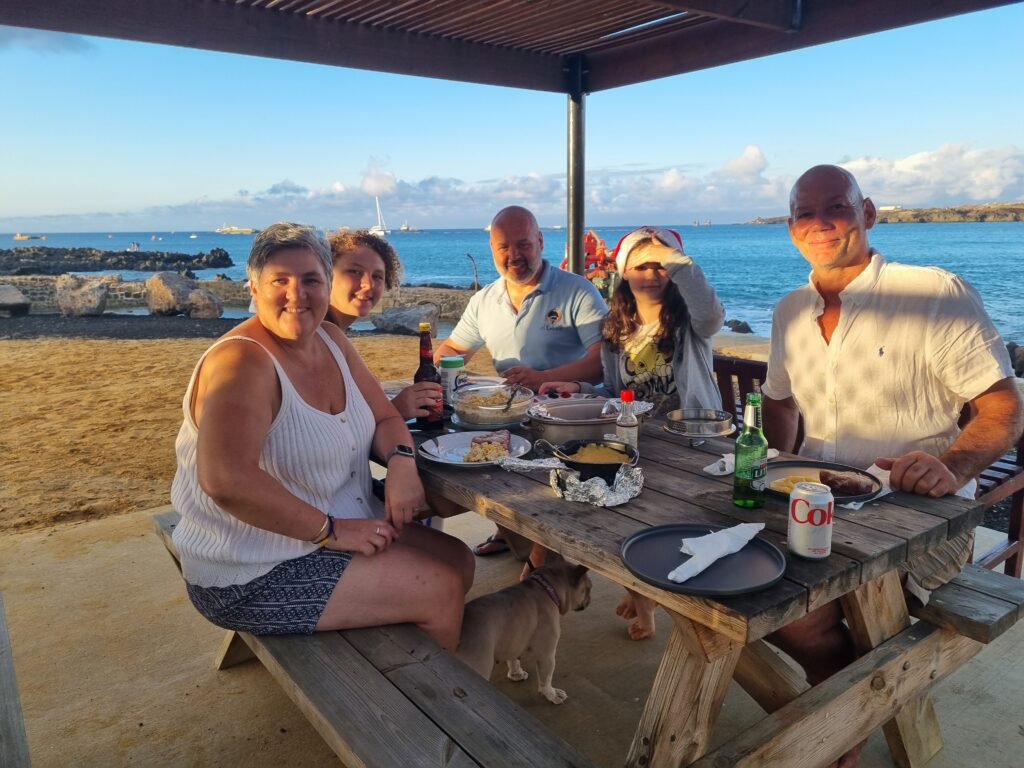
We are now preparing for the next passage to Fernando de Noronha, which will is located 1,100 nautical miles northwest of here. This means that we technically will have completed our transatlantic crossing, as we will be right off the coast of Brazil.
We plan to spend Xmas and perhaps New Years at FDN, before we head off for the final leg, which is our longest stretch so far, 2,000 nautical miles to the first island we will meet in the Caribbean, Trinidad.
As always, the captain will share our experiences on passage on our Predict Wind tracker: https://forecast.predictwind.com/tracking/display/SV-NOXOMA/https://forecast.predictwind.com/tracking/display/SV-NOXOMA/
